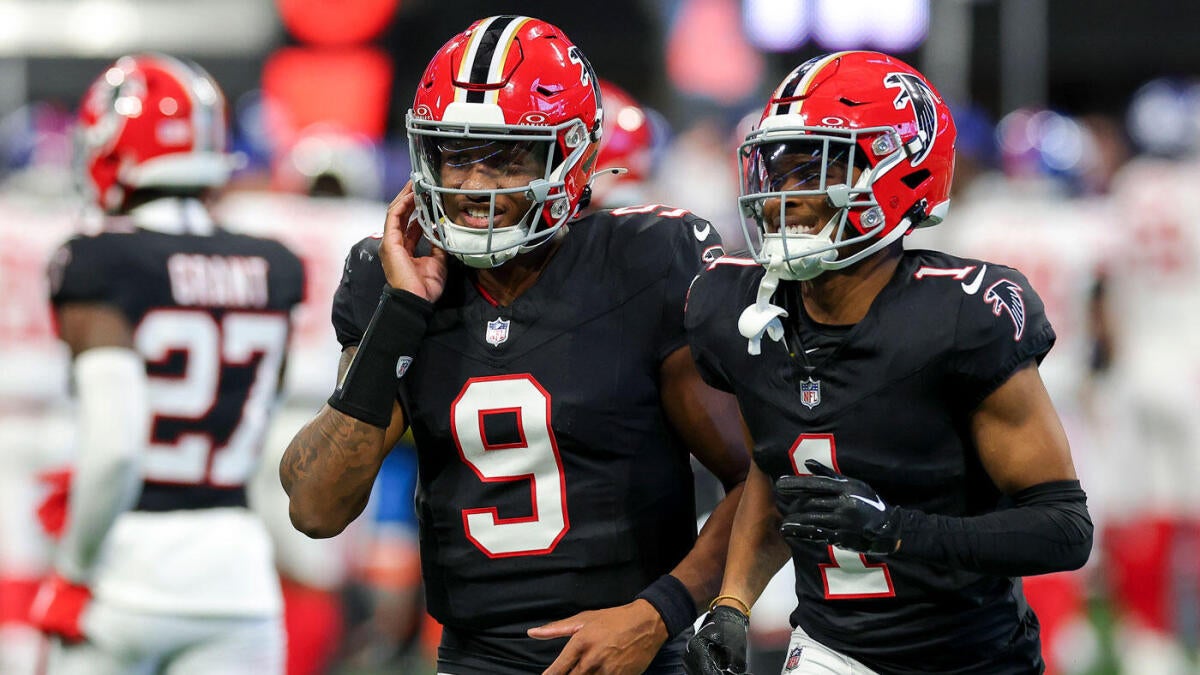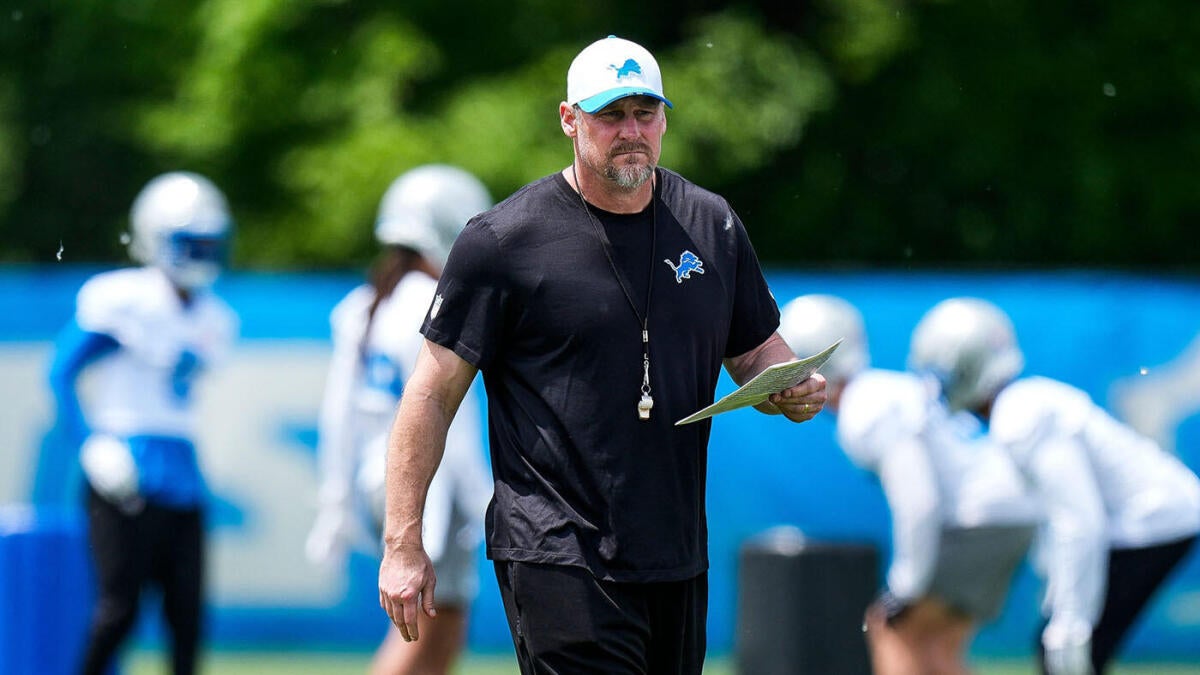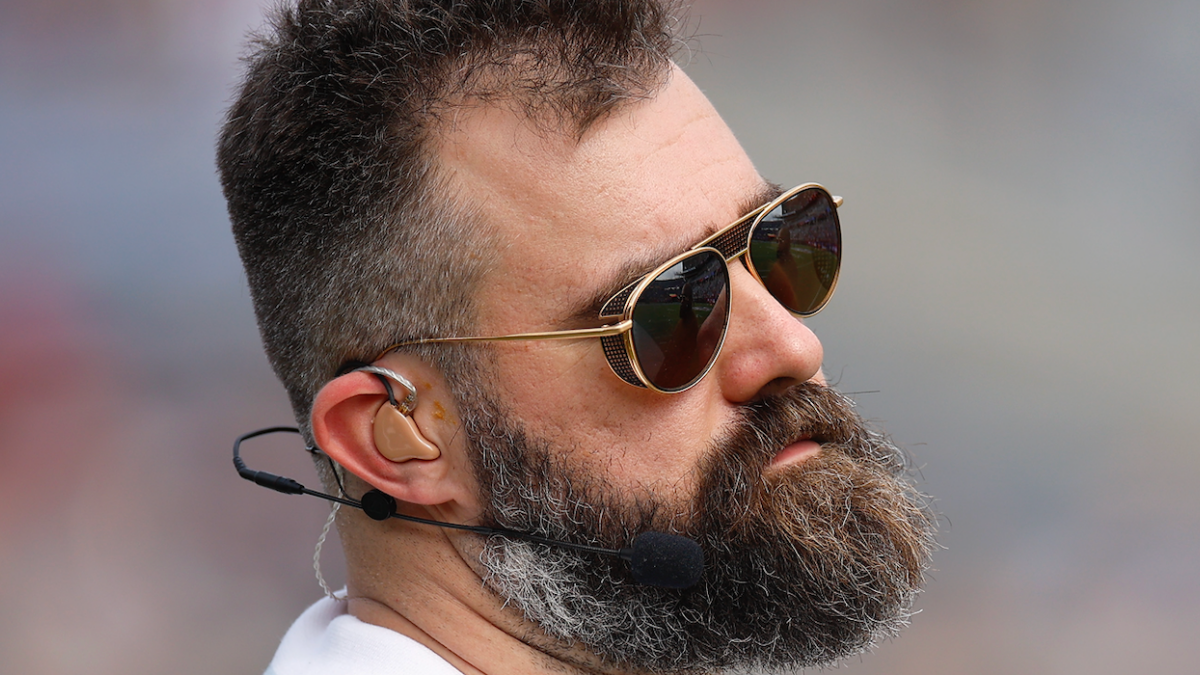
The NBA has embraced advanced technology like never before. Teams now rely on big data to track, analyze, and optimize nearly every aspect of the game. One major focus is managing player workload to reduce injuries and maximize performance. It’s no longer just about what the eye can see; it’s about what the data tells us.
Big data tools—like Whoop, Catapult, and Second Spectrum—have changed how coaching and medical staff make decisions. They monitor heart rate variability, player movement, and biometric stress to help manage fatigue. These systems are embedded into daily routines. Even players check their own stats regularly. Just like tracking trends in Avia Masters, using data in real-time gives teams a competitive edge.
How It Works: From Wearables to Game Footage
Modern NBA teams collect thousands of data points during each game and practice. Wearables like the Whoop strap or Catapult’s tracking vests measure vitals in real-time: sleep quality, muscle strain, and even hydration levels. Data scientists interpret this input to make sense of how each athlete is responding to workload.
Second Spectrum adds another layer by analyzing game footage with AI. Every dribble, cut, and screen is logged and categorized. Coaches can see when a player is consistently slower to close out or if their average sprint speed has dropped. This isn’t just number-crunching; it’s insight into a player’s physical and cognitive fatigue.
What Does the Data Track?
To fully understand how load management works, it helps to know the specific data points teams track. Here are some examples:
- Heart rate variability (HRV): Helps assess recovery and readiness.
- Acceleration and deceleration rates: Shows stress on joints during movement.
- Distance covered and top speed: Highlights how much a player exerts themselves.
- Jump count and height: Tracks leg fatigue and potential overuse.
Together, these stats help teams spot fatigue before it becomes a problem. That means fewer injuries and more efficient recovery plans.
Case Study: Managing Minutes with Precision
One standout example is how some franchises manage their star players during back-to-back games. Using real-time data, they can limit minutes or stagger playing time without hurting team performance. If a player’s recovery score is lower than expected, they might sit out practice or get extra treatment.
For example, if a player’s vertical leap drops from 32 to 29 inches over a week, that’s a red flag. Even if he feels fine, the data shows subtle fatigue building. Coaches can respond by adjusting game plans or rest days.
These small decisions make a big difference over an 82-game season. It’s not just about rest—it’s about smart rest.
Tools Teams Commonly Use
The tech stack used by NBA teams isn’t random. Most franchises rely on a combination of tools:
- Whoop: Worn by players to monitor recovery, HRV, and sleep.
- Catapult: Tracks performance data like movement intensity.
- Second Spectrum: Analyzes in-game player movement and tendencies.
By combining these platforms, teams get a full picture of a player’s workload—before, during, and after games.
Data-Driven Coaching Decisions
Big data doesn’t just help medical staff. Coaches use it to shape lineups, adjust rotations, and manage tempo. If data shows a team plays better at a slower pace on the second night of a back-to-back, they might change strategy accordingly.
Here are some ways coaches apply data insights:
- Limit high-stress minutes in the third quarter if player fatigue is high.
- Swap in fresh legs during key runs.
- Use matchup data to avoid unnecessary physical mismatches.
This approach creates a dynamic feedback loop. Players train smarter. Coaches plan sharper. Teams perform better.
Communication and Buy-In
Of course, this system only works if everyone is on board. That means players, staff, and even agents need to understand the value. Transparency is key. When a player sees that his workload is being reduced to keep him healthy long-term, there’s more buy-in.
Most teams now present the data to players in digestible formats. Graphs, color-coded charts, and personalized dashboards help make complex stats easy to understand. Many organizations even assign dedicated performance analysts to walk players through the numbers. This boosts trust and cooperation.
Go to Source
Author: Team Dunkest
May 16, 2025 | 9:46 am
































